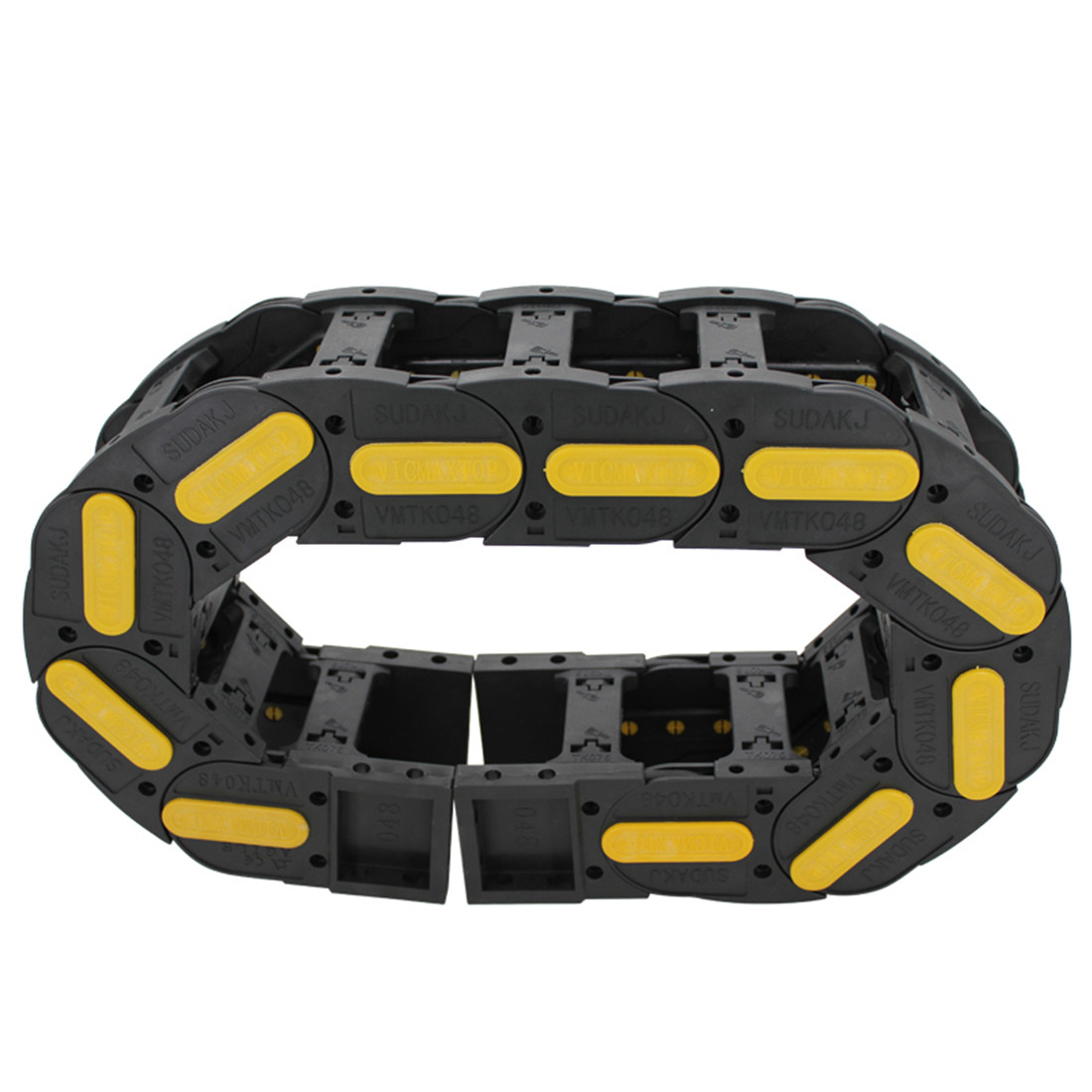Versatile Cable Carrier Solutions for Efficient Cable Management and Protection
The Importance of Flexible Cable Carriers in Modern Engineering
In the realm of modern engineering and technology, the need for efficient and reliable cable management systems is more critical than ever. Among the various solutions available, flexible cable carriers have emerged as a pivotal component in enhancing the performance and longevity of machinery and electronic devices. This article delves into the importance of flexible cable carriers, highlighting their design, applications, benefits, and the future prospects within the industry.
Flexible cable carriers, also known as drag chains or energy chains, are designed to protect and guide cables and hoses in a variety of settings. They are typically made from durable materials such as nylon or steel and are engineered to withstand the rigors of dynamic movement. These carriers are particularly beneficial in environments where cables and hoses are subject to repeated bending and flexing, such as in robotics, manufacturing, and automated systems.
One of the primary advantages of using flexible cable carriers is their ability to minimize wear and tear on cables. In traditional setups, cables often suffer from fraying, kinking, or tangling, leading to costly downtime and maintenance. The design of cable carriers allows for a smooth and organized routing of cables, which reduces friction and prevents damage. This not only extends the lifespan of the cables but also enhances the overall reliability of the system.
Flexibility is a crucial characteristic of these cable carriers. They come in various sizes and configurations, making them adaptable to different operational needs. Engineers can select carriers that fit specific applications, whether it’s a compact robot arm or a large industrial machine. Additionally, many flexible cable carriers are customizable, allowing for unique integration into specific environments while accommodating various types of cables and hoses.
Cable carriers are increasingly being utilized in automated machinery and industrial robots. In these contexts, the need for precise movement and reliability is paramount. For instance, in a manufacturing setting, a robotic arm equipped with a flexible cable carrier can perform repetitive tasks with high accuracy and minimal risk of failure. This efficiency not only boosts production rates but also reduces operational costs associated with machine downtime.
flexible cable carrier

Furthermore, flexible cable carriers contribute to the safety of working environments. By keeping cables and hoses neatly contained and organized, they help prevent tripping hazards and potential accidents. This is particularly relevant in industrial settings where multiple operators and machines coexist. The implementation of cable carriers ensures that cables do not obstruct walkways or interfere with machine operations, fostering a safer workplace atmosphere.
In addition to their mechanical advantages, flexible cable carriers also contribute to a more aesthetically pleasing environment. The organized routing of cables results in a tidier workspace, which can enhance the overall appearance and professional image of a facility. Moreover, reduced clutter can lead to improved focus and productivity among employees, as they work in a more orderly environment.
The future of flexible cable carriers looks promising, especially as technology continues to evolve. With the rise of the Internet of Things (IoT) and smart manufacturing, the demand for reliable and efficient cable management solutions will only increase. Innovations in materials and design will likely result in even more effective cable carriers, capable of withstanding harsher conditions and accommodating a wider array of devices.
Moreover, as industries strive for sustainability, the development of recyclable and environmentally friendly materials for cable carriers is becoming a priority. Companies are increasingly looking for ways to minimize their environmental footprint, and investing in sustainable cable management solutions is one way to achieve this goal.
In conclusion, flexible cable carriers have become an integral part of modern engineering, playing a crucial role in enhancing efficiency, safety, and reliability in various applications. Their ability to manage cables and hoses effectively makes them indispensable in the ever-evolving landscape of technology and automation. As innovations continue to emerge, flexible cable carriers will undoubtedly remain at the forefront, adapting to the changing needs of the industry and paving the way for a more efficient and sustainable future in engineering.








